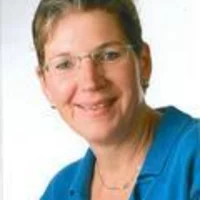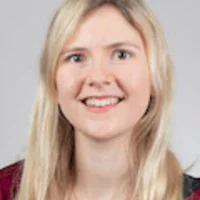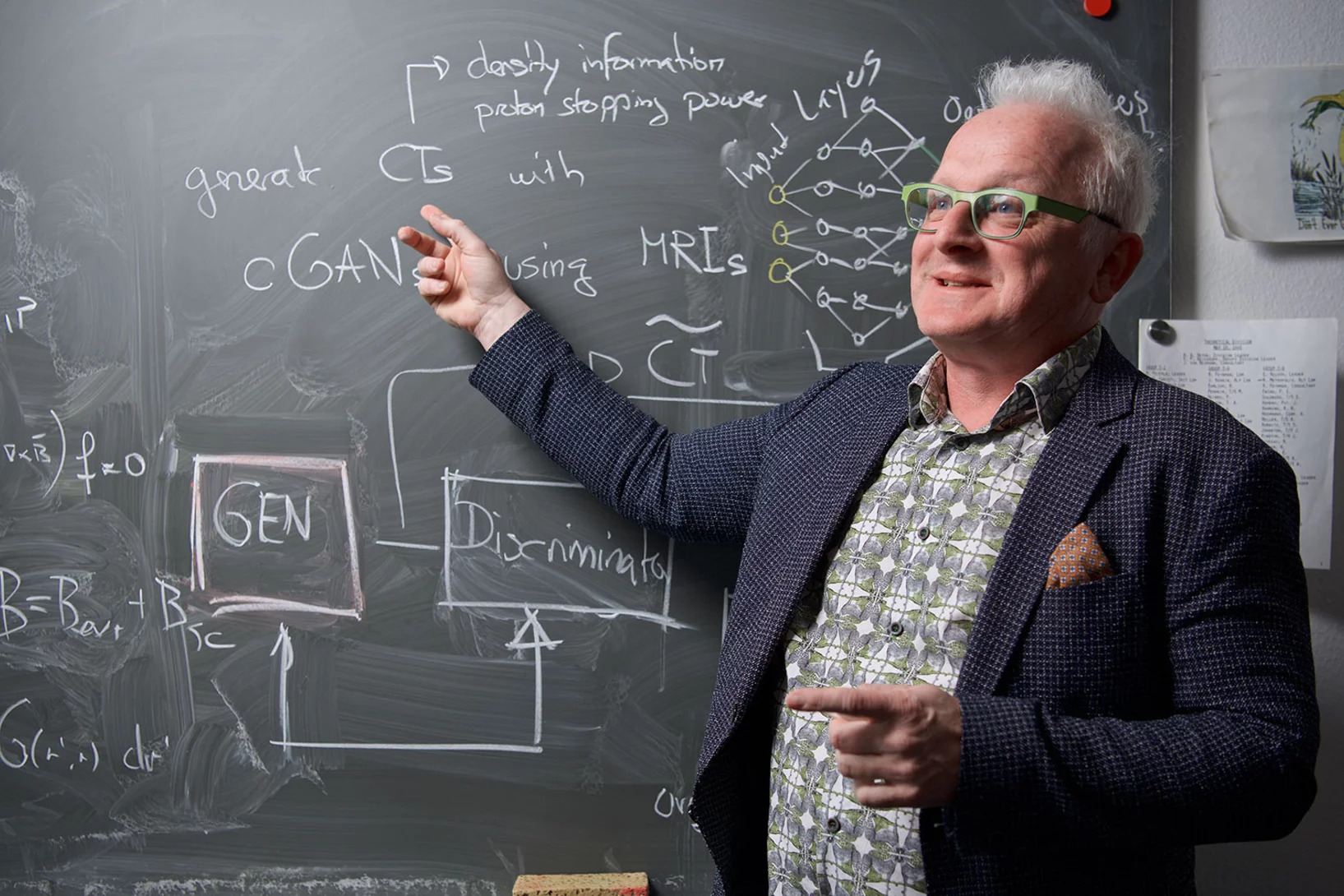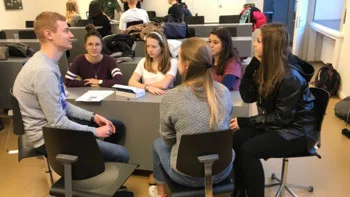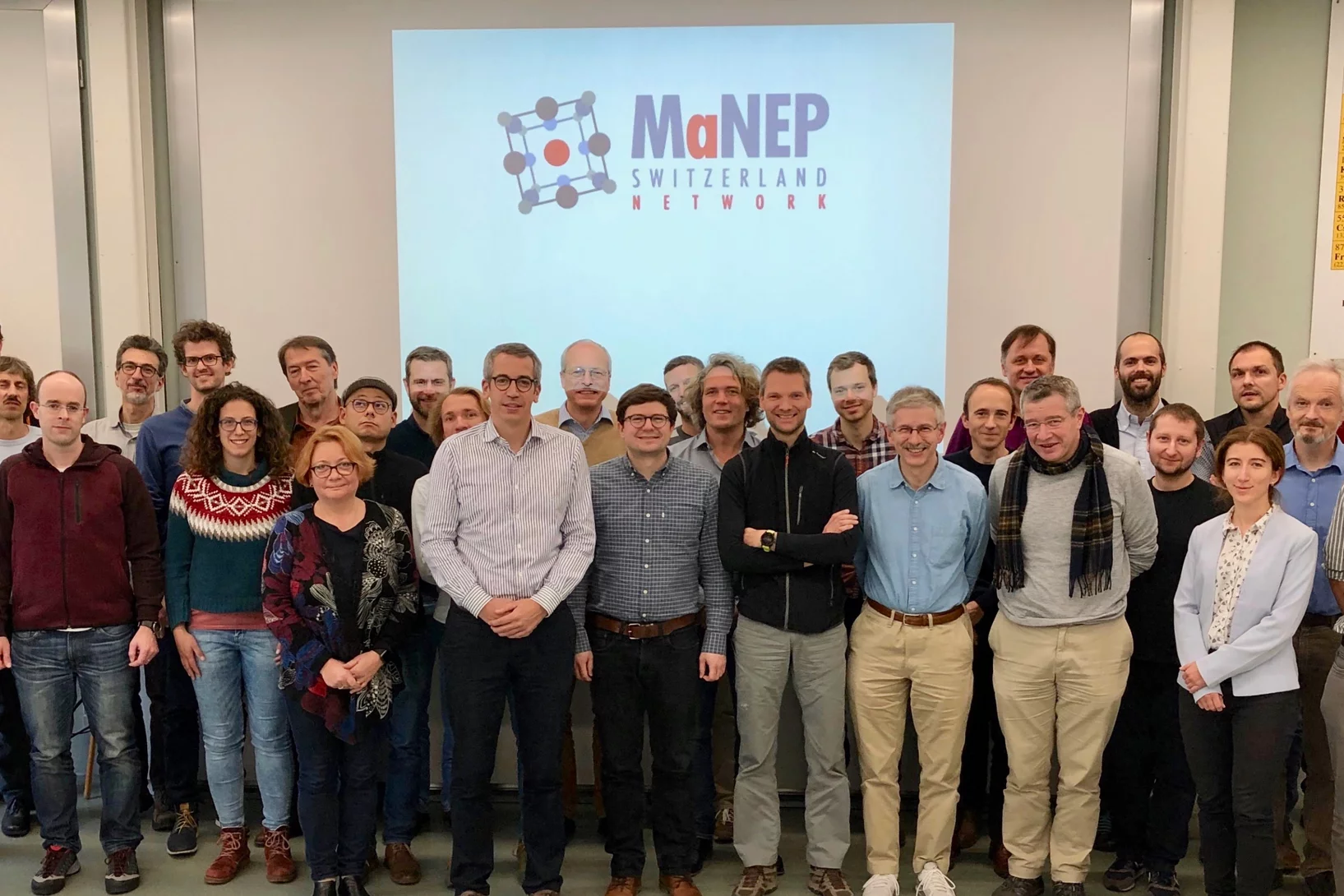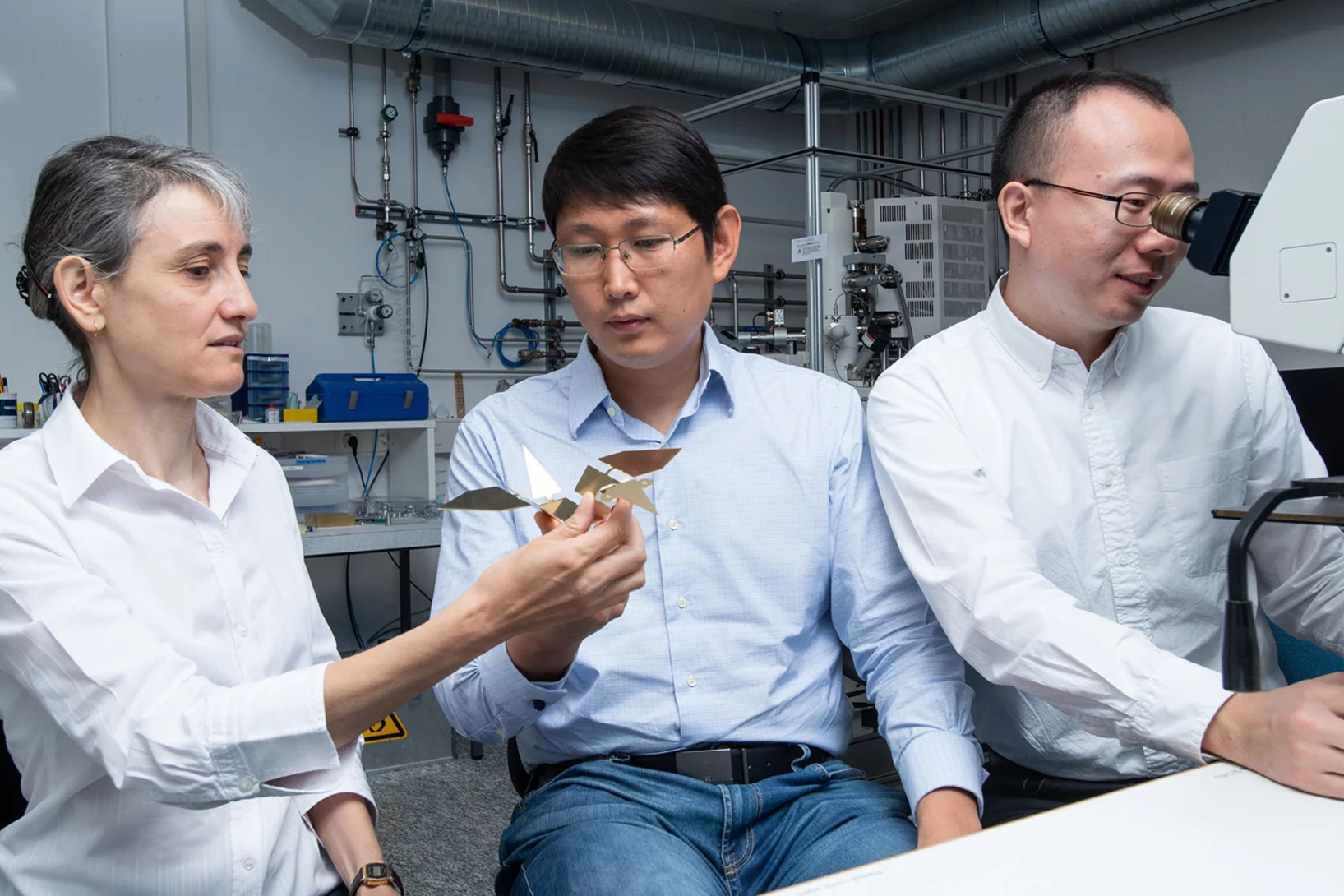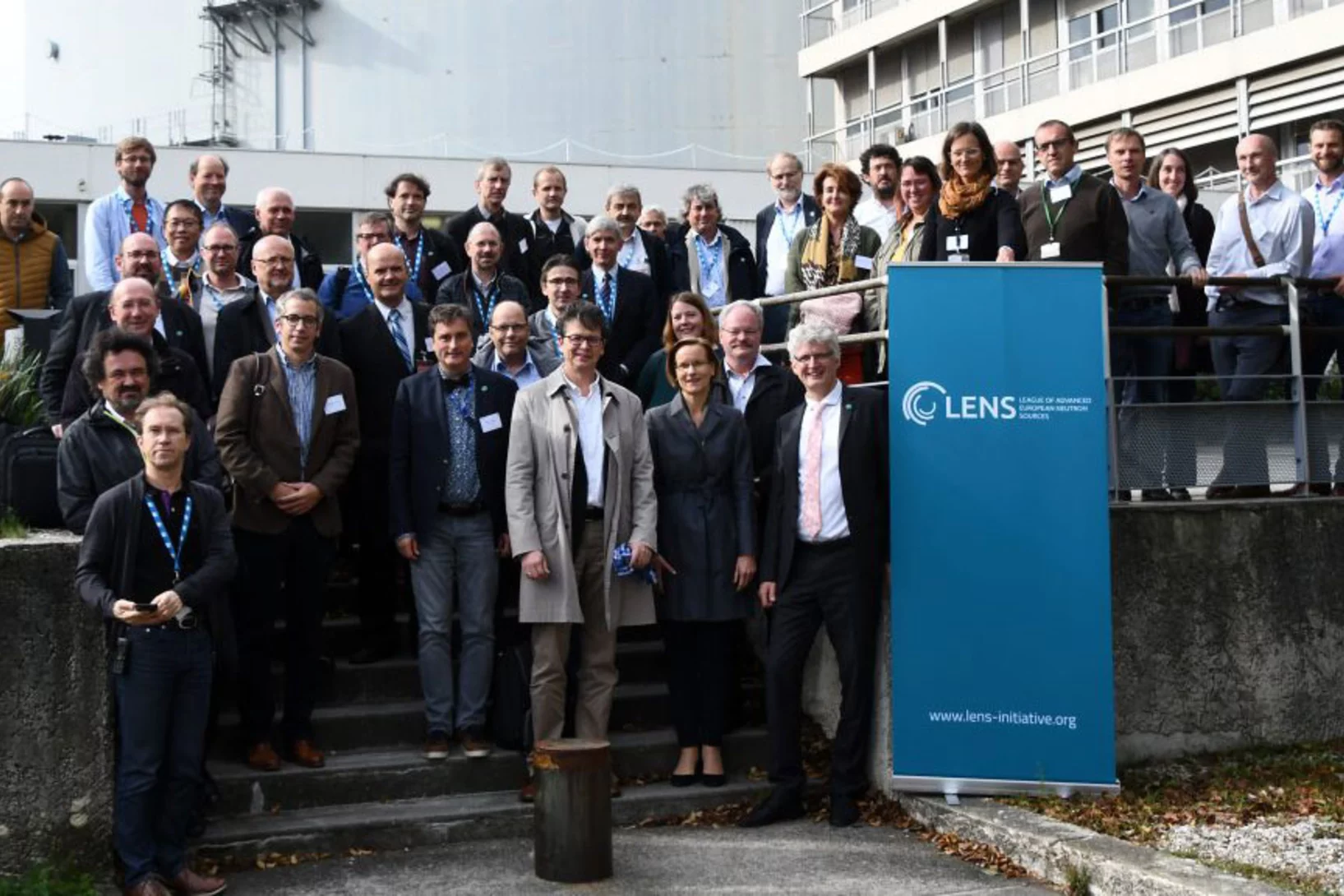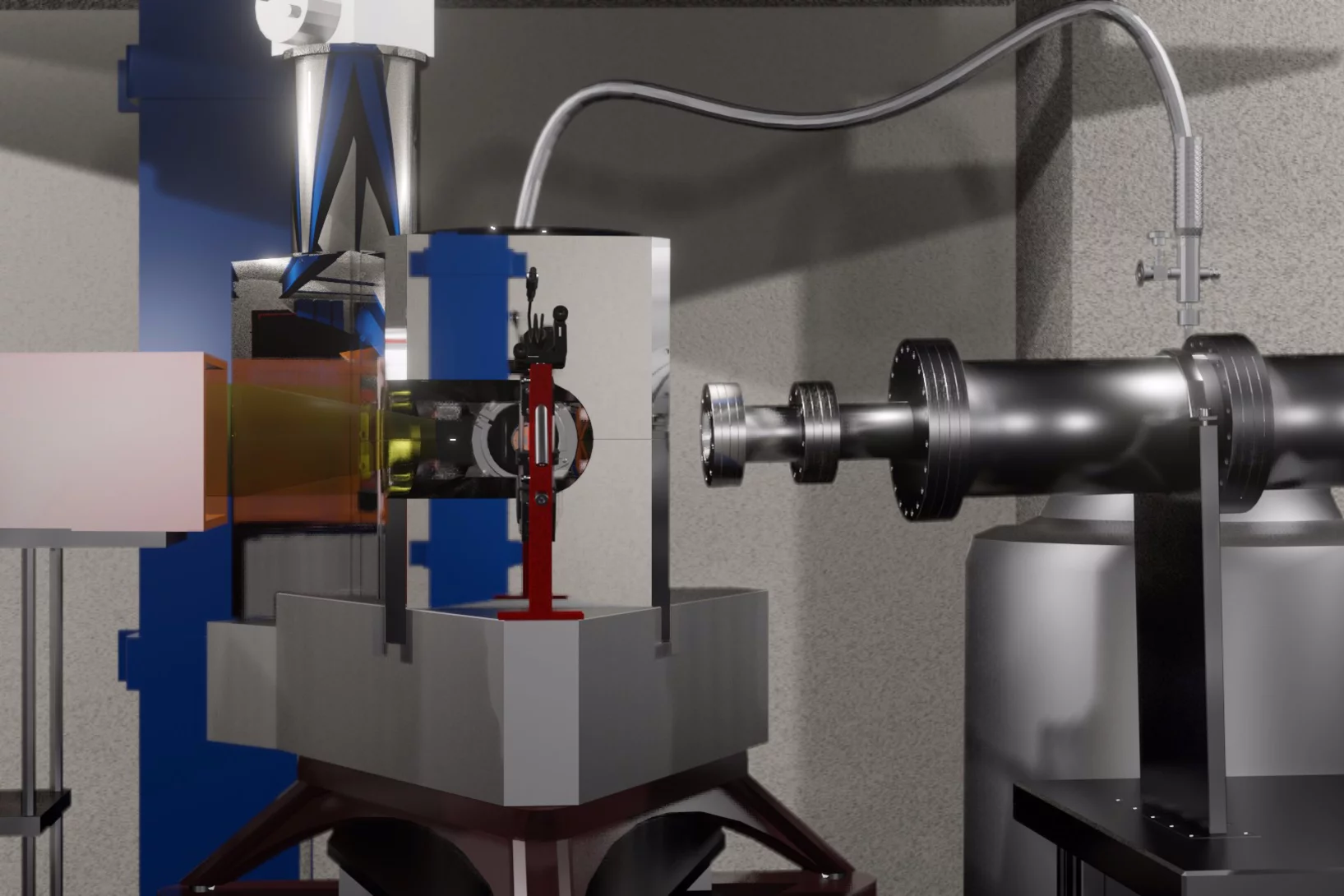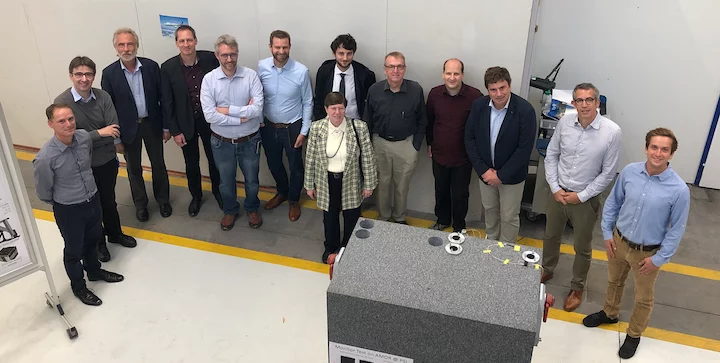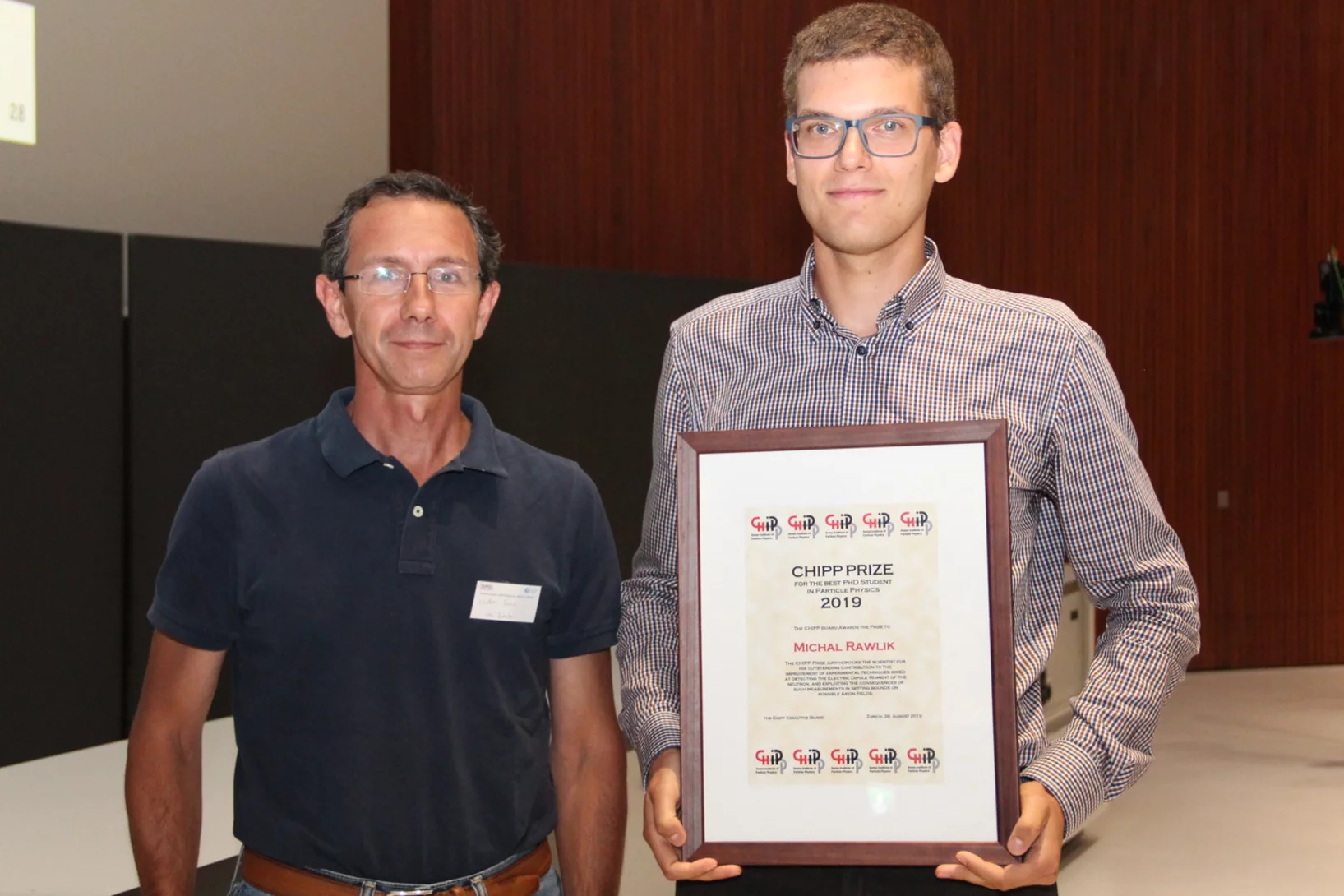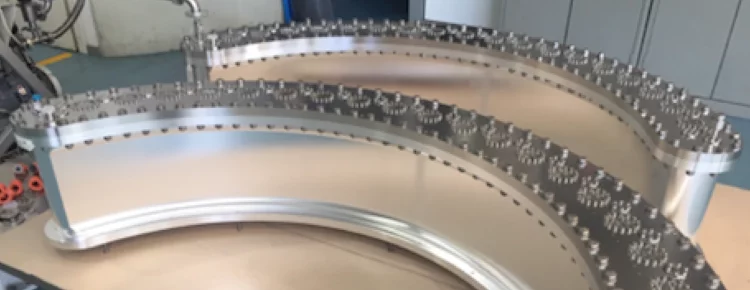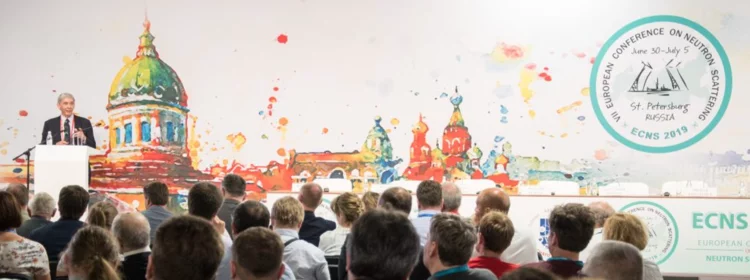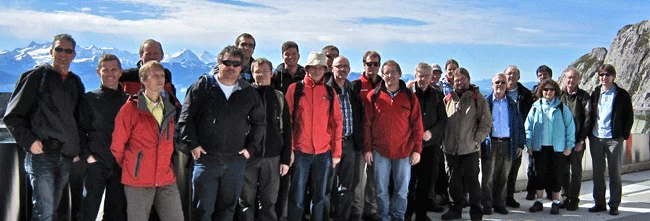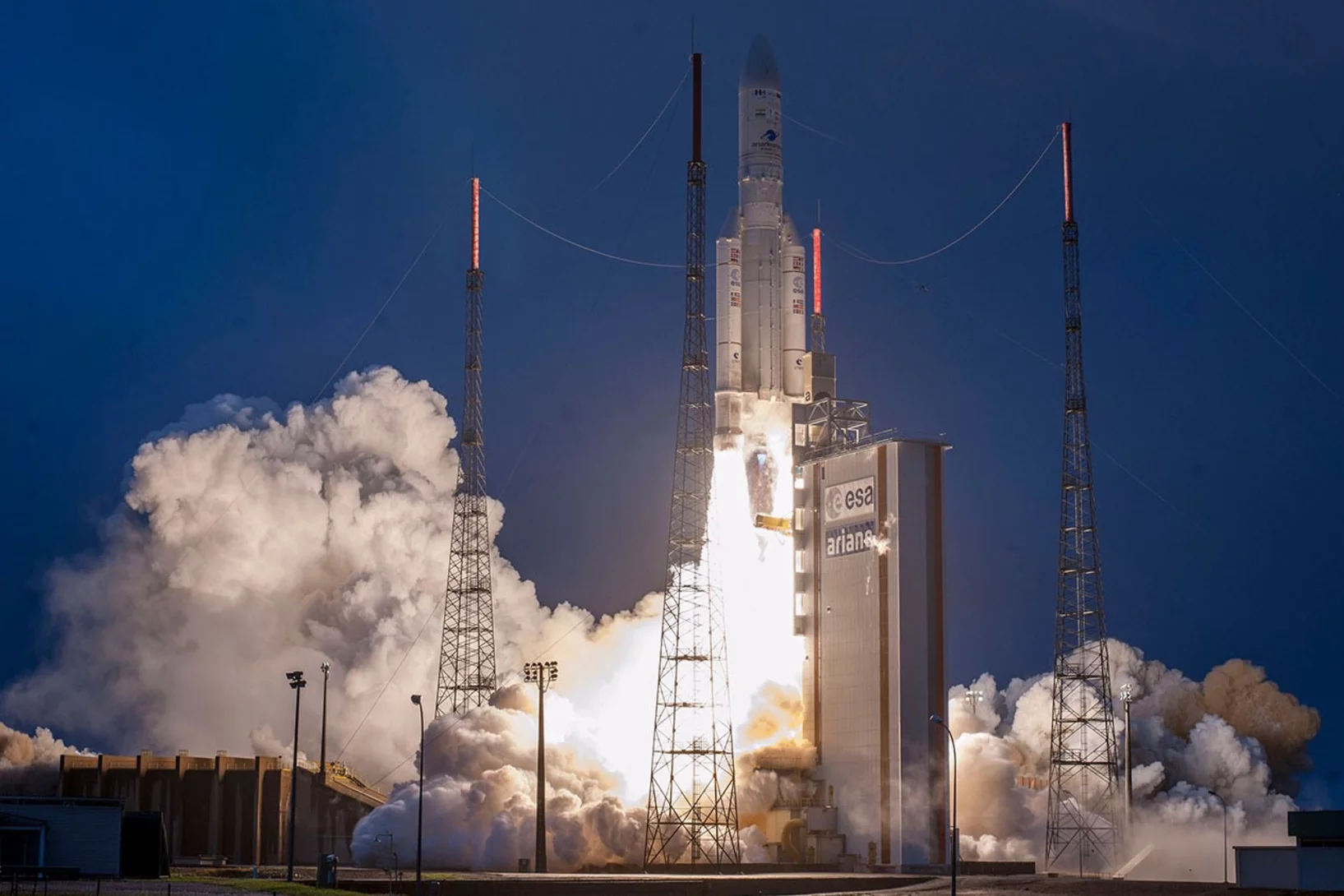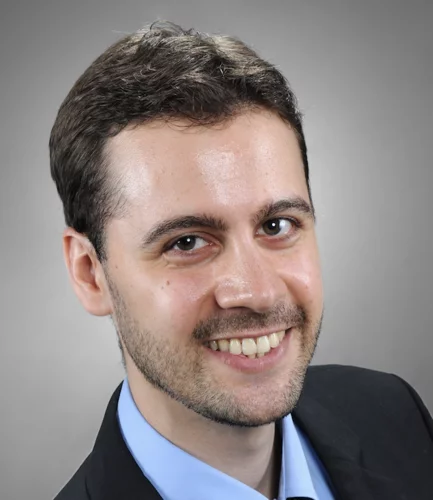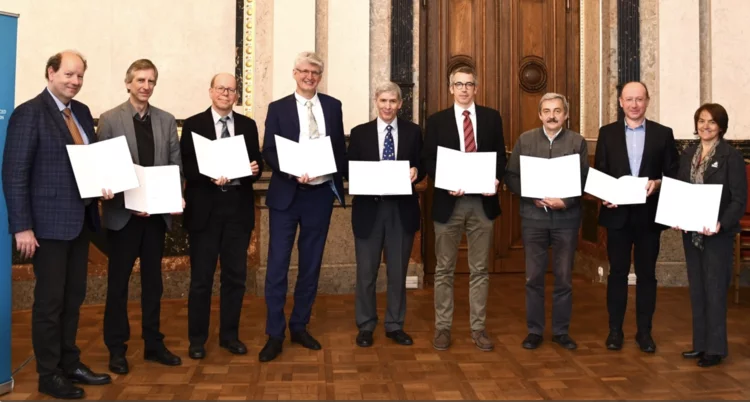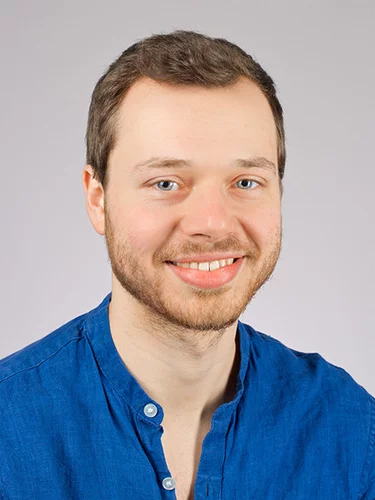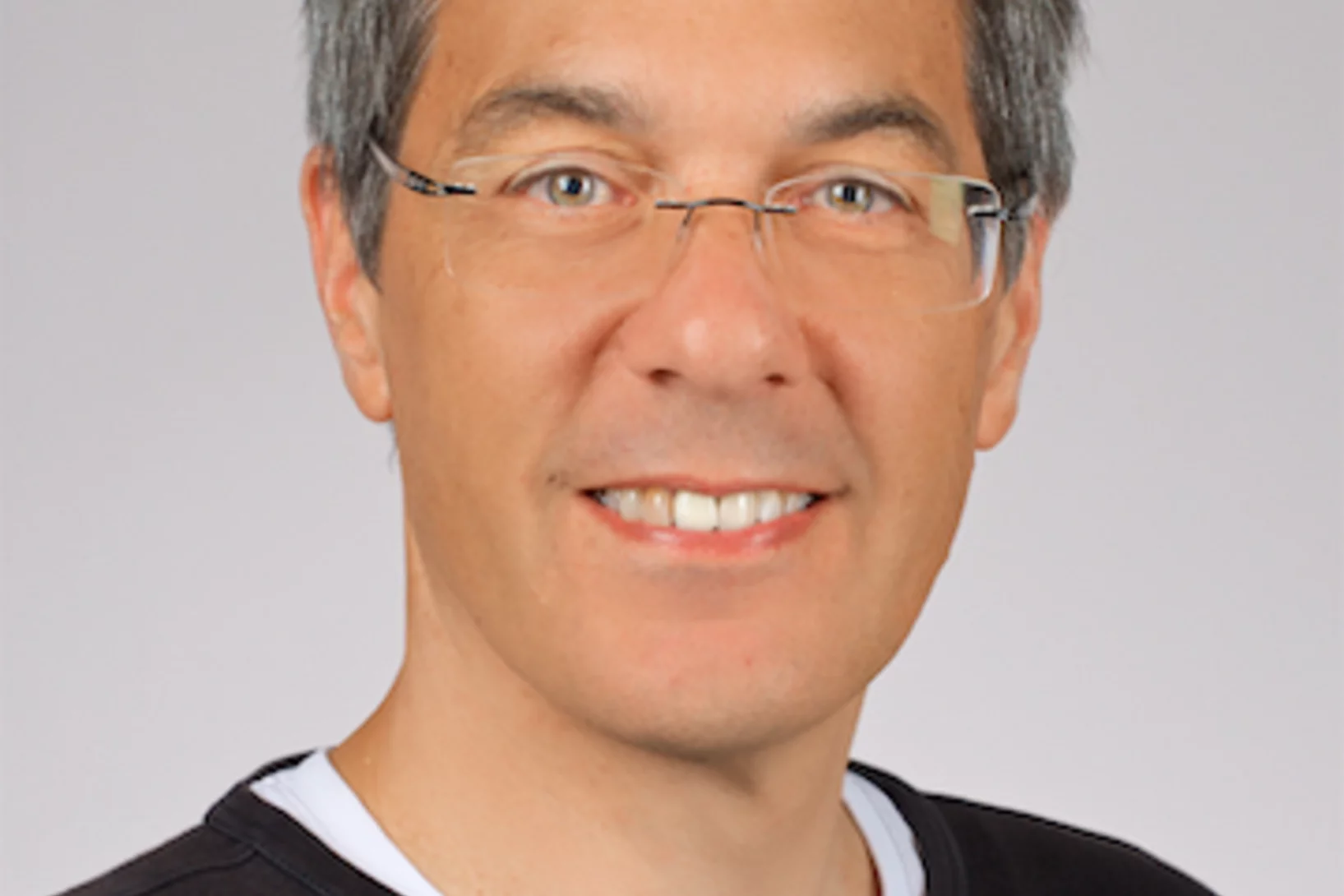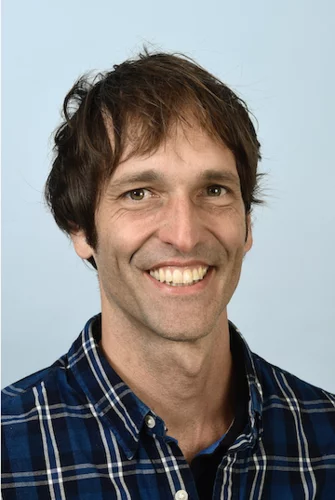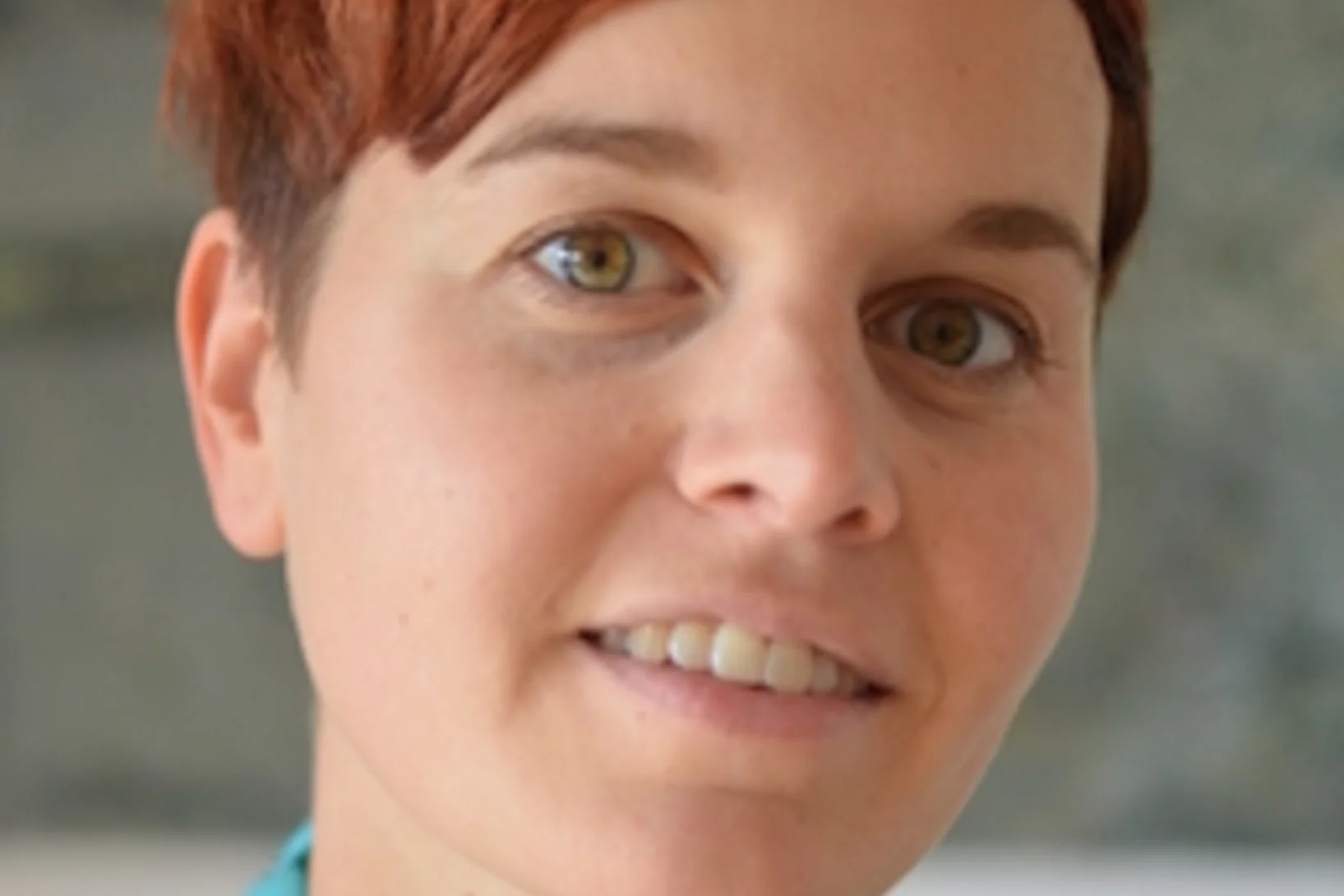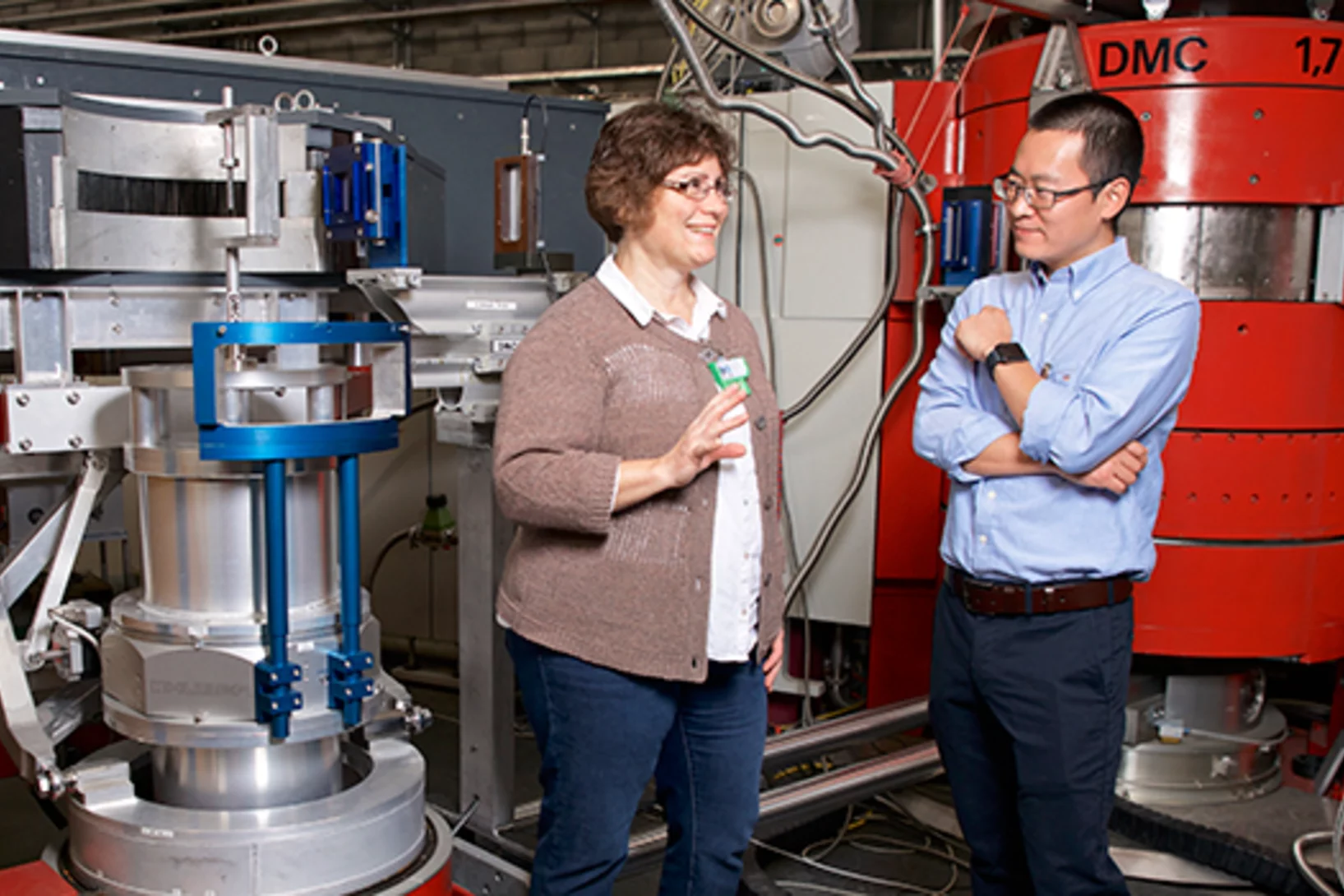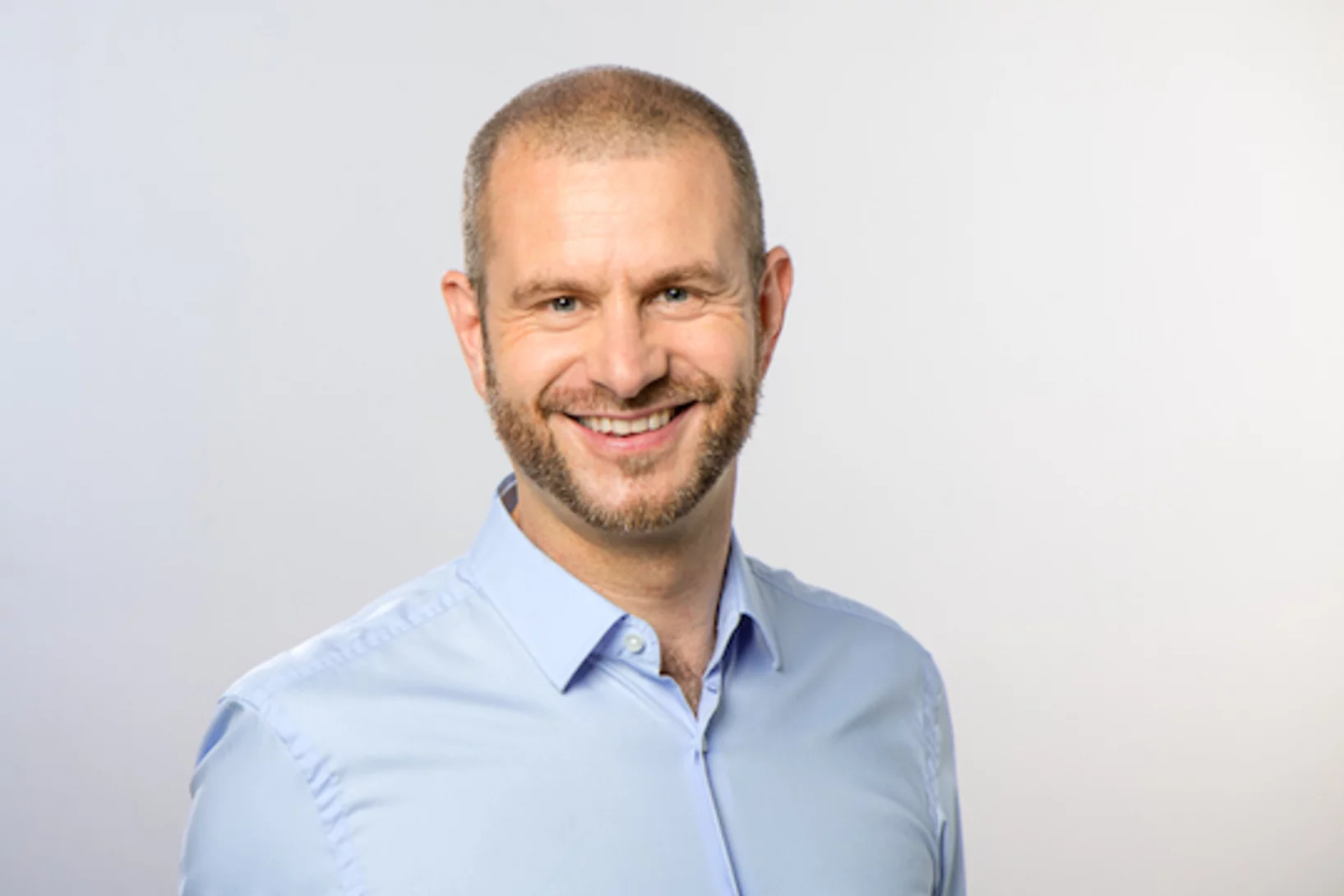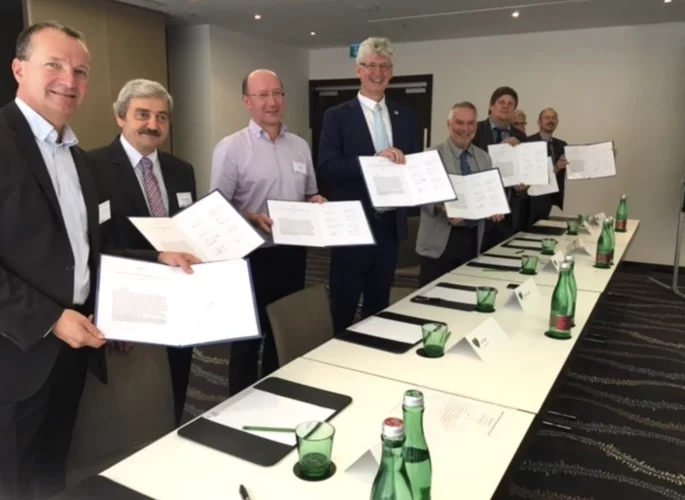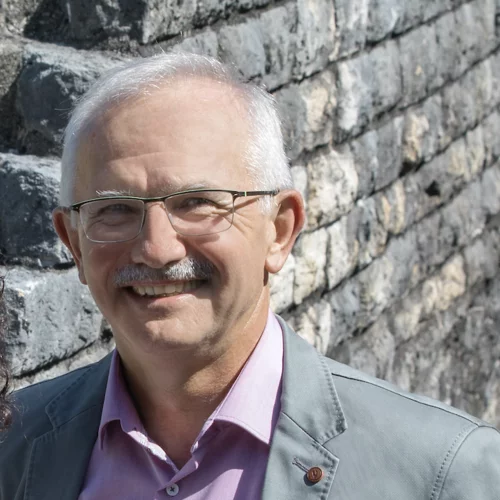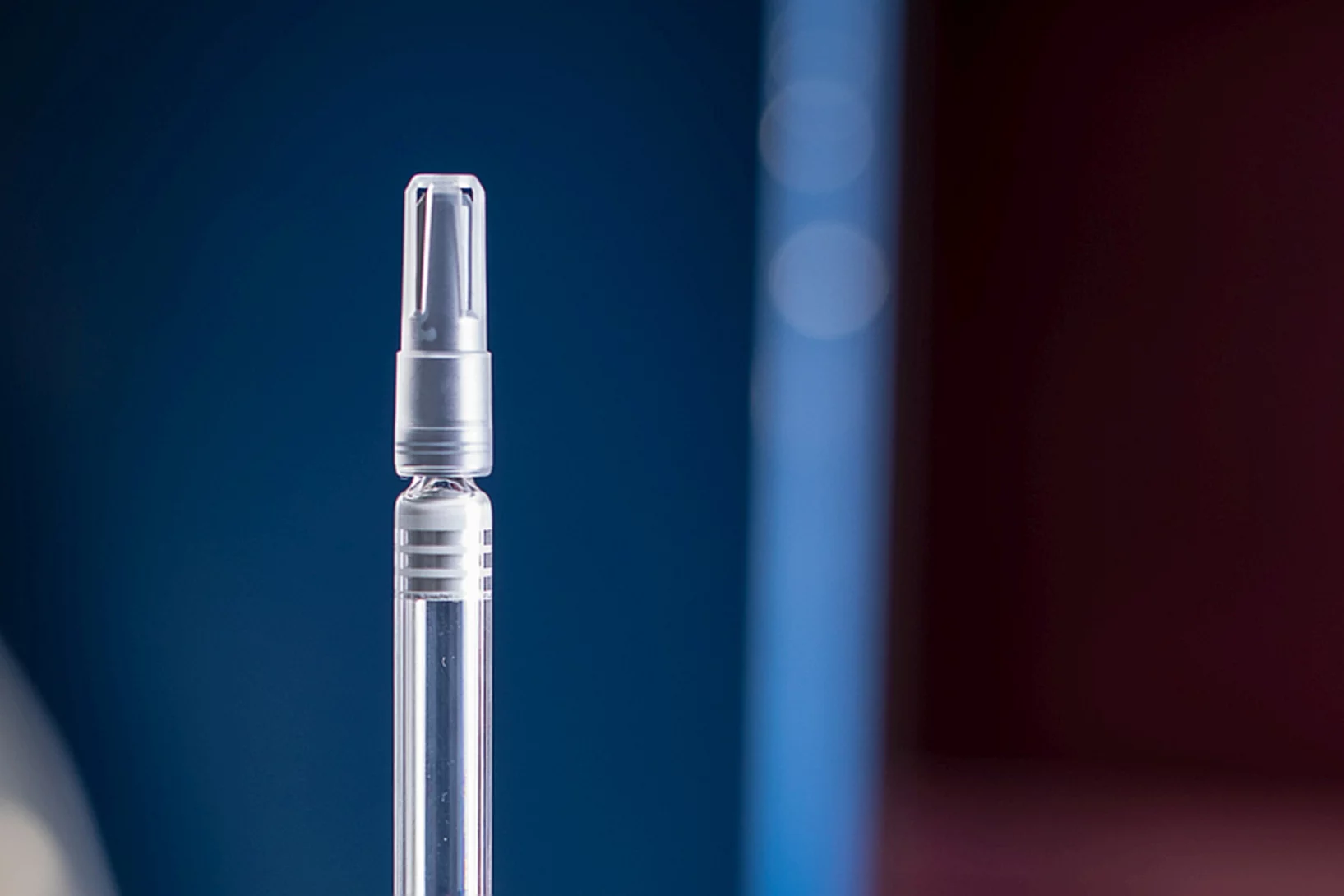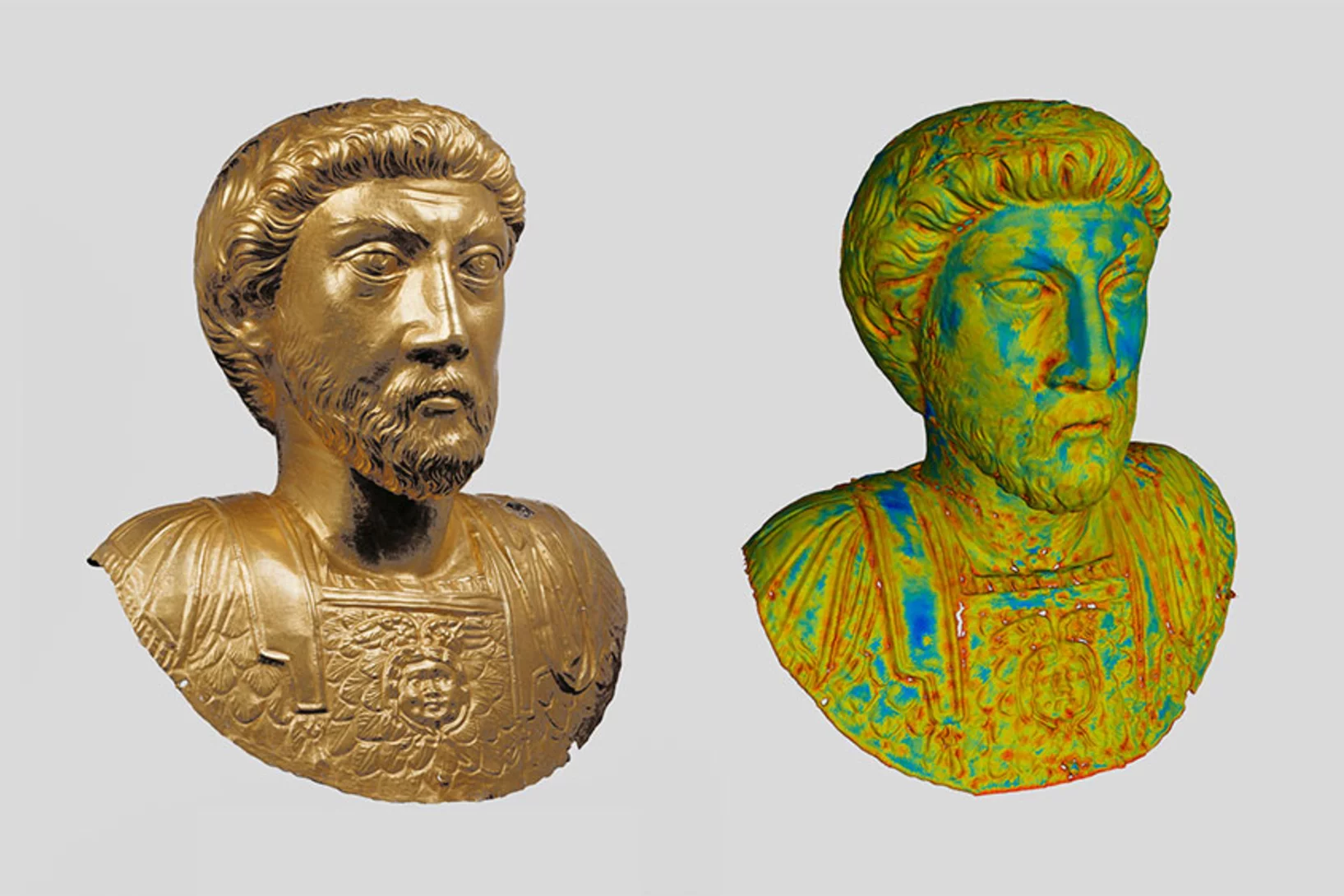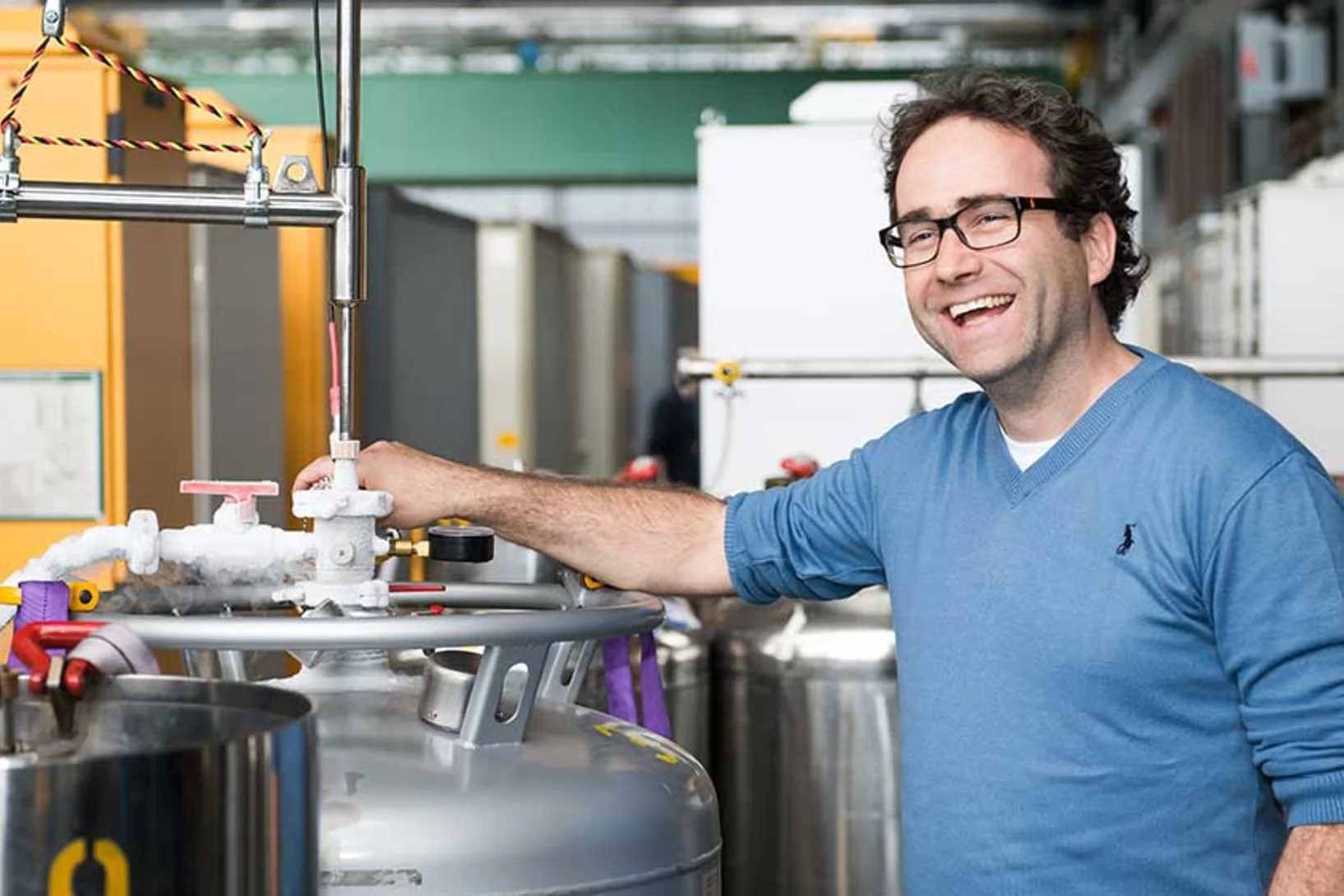Here you find current and previous news from the PSI Center for Neutron and Muon Sciences.
Show filters
Modéliser et simuler: un bon retour sur investissement
En combinant théorie, modélisation et calculs à haute performance, les chercheurs du Laboratoire de simulation et modélisation de l’Institut Paul Scherrer PSI résolvent les problèmes les plus complexes. De puissants ordinateurs leur permettent de simuler aussi bien les molécules les plus minuscules que les grandes installations de recherche.
Workshop on the Physics of Fundamental Symmetries and Interactions
The 5th Workshop on the Physics of Fundamental Symmetries and Interactions (PSI2019) took place from 20 to 25 October 2019 at PSI, bringing together 200 scientists from all over the world working on some of today’s most precise particle-physics experiments at the low-energy frontier.
TecDay: LMX meets Hohe Promenade
TecDay is an SATW initiative that was developed at the Kantonsschule Limmattal in 2007 and has since been rolled out to more than 60 secondary schools across Switzerland. By the end of 2017 it had reached around 45,000 students and 5,000 teachers. In December 2019 the LMX contributed in one module, that received a total of 16 students over the course of a morning. The module was organized in three different “stations”, each one focusing on one topic or area that the group is working on.
Christian Rüegg, nouveau directeur de l'Institut Paul Scherrer
Le 27 novembre 2019, sur proposition du Conseil des EPF, le Conseil fédéral a nommé Christian Rüegg à la tête de l’Institut Paul Scherrer PSI. Il succédera à Thierry Strässle, qui dirige l’établissement par intérim depuis le début de cette année. Christian Rüegg, qui est âgé de 43 ans, est actuellement chef de la division Recherche avec neutrons et muons au PSI. Il prendra ses nouvelles fonctions le 1er avril 2020.
Le besoin de radionucléides pour le traitement du cancer est important
Les radionucléides ouvrent de nouvelles perspectives en termes de thérapies très efficaces dans le domaine du cancer. Christian Rüegg, responsable de la division Recherche avec neutrons et muons à l’Institut Paul Scherrer PSI, explique le rôle que joue la source suisse de neutrons à spallation SINQ du PSI pour le développement de tels médicaments.
MaNEP Materials Discovery Workshop and Forum Meeting at the University of Bern
The MaNEP Network met at the University of Bern, Department of Chemistry and Biochemistry, for a Workshop on Materials Discovery and its annual Forum Meeting. The community discussed potential future joint initiatives and the role of MaNEP.
Vers des microrobots intelligents
Il ressemble à un oiseau de papier en origami, cet art japonais du pliage, et exploite la force des champs magnétiques pour se mouvoir. De minuscules machines semblables à ce microrobot pourraient, entre autres, être utilisées en médecine lors d’interventions chirurgicales.
European neutron facilities come together for LENS General Assembly
The League of advanced European Neutron Sources (LENS) with the participation of PSI held its second General Assembly at Institut Laue-Langevin (ILL) together with meetings of its five working groups and the LENS Executive Board. The meetings brought the consortium’s operational working groups together with the leaders of the LENS member facilities to advance priority actions for the organisation in the months to come.
Take a flight through ESTIA
PSI is entirely responsible to build the polarised neutron reflectometer ESTIA at the European Spallation Source ESS in Lund, Sweden. The lead ESTIA scientist Artur Glavic (LNS/NUM) has now simulated a virtual tour of the neutrons travelling through the instrument from the focusing neutron guide to the detector.
PSI hosting meeting of the LENS working group on technology development and operation
On October 1 and 2, the Laboratory of Neutron and Muon Instrumentation (LIN) hosted the first meeting of the working group on “Synergies in Technology Development and Operation” of the League of Advanced European Neutron Sources, LENS, to kick off developments aimed at creating a new generation of neutron technology.
Visit of ESS Council to Switzerland
On 24 September the Paul Scherrer Institut was the venue of a meeting between the top supervisory board of the European Spallation Source ESS to be built in Lund, Sweden, and representatives of the Swiss government from SERI. The chair and the vice chair of the ESS Council, Beatrix Vierkorn-Rudolph and Kurt Clausen, respectively came to Switzerland to discuss the Swiss In-Kind Contributions to the largest spallation neutron source under construction in Sweden.
Michał Rawlik awarded the CHIPP Prize 2019
PSI researcher Dr. Michał Rawlik has been awarded the CHIPP Prize 2019 "for his outstanding contribution to the improvement of experimental techniques aimed at detecting the Electric Dipole Moment of the neutron, and exploiting the consequences of such measurements in setting bounds on possible Axion fields".
LIN builds pressure vessels for joint detector project with FRM-II in Munich
Highly efficient two-dimensional detectors are essential for the performance of modern neutron diffractometers. The NUM Division of PSI and the Technical University Munich TUM jointly develop two identical new 3He gas detectors, one for the diffractometer DMC at SINQ and the other for operation at FRM-II in Munich.
PSI participates in ECNS in St Petersburg
The European Conference on Neutron Scattering (ECNS) with its recent 2019 edition in St. Petersburg is a spree of lectures, poster sessions, and expert talks on the current trends and future possibilities in neutron science. PSI with its neutron source SINQ was represented by members of the three NUM laboratories LNS, LMX and LIN. In addition, PSI was silver sponsor of ECNS 2019 and is also a member of the LENS consortium (League of Advanced European Neutron Sources).
New NUM Laboratory for Neutron and Muon Instrumentation (LIN)
In the division Research with Neutrons and Muons (NUM) all technical knowledge and expertise concerned with the development and operation of the scientific instrumentation for neutron and muon experiments at our user facilities have been united in the new Laboratory for Neutron and Muon Instrumentation (LIN).
Les procédés d’imagerie du PSI aident les fusées à décoller
Des chercheurs du PSI prêtent main forte à la navigation spatiale européenne avec leurs radiographies neutroniques qui permettent de contrôler la qualité de certains composants décisifs pour le décollage des fusées.
Une boussole qui indique l'ouest
La Source de Lumière Suisse SLS a permis à des chercheurs du PSI de découvrir que certains groupes d’atomes se comportent comme une boussole qui indique l’est. Ce nouveau phénomène magnétique pourrait rendre les ordinateurs nettement plus performants.
Ambizione grant for Max Zoller
Max Zoller, currently at the Physik-Institut of the University of Zurich (UZH), has been awarded a Swiss National Science Foundation Ambizione grant with PSI as host institution. Together with a PhD student he will join the particle theory group (NUM, Laboratory of Particle Physics (LTP)). The research of Max Zoller focuses on the automation of perturbative higher-order calculations. With the Ambizione grant Max will now move to PSI for four years, starting on June 1, 2019.
LENS launches activities to strengthen European neutron science
The members of the League of advanced European Neutron Sources (LENS) held their first General Assembly and the first Executive Board meeting on 26 March 2019 in Liblice, the Czech Republic. The consortium adopted and signed Statutes detailing the purpose of LENS, guiding the work of the statutory bodies, and laying the framework for Working Groups responsible for the execution of foreseen activities. For the Swiss spallation neutron source SINQ the head of the NUM division Christian Rüegg signed the documents.
DGKK Award for young researchers 2019 for Pascal Puphal
Dr Pascal Puphal (currently a Postdoc at PSI, LMX, Solid State Chemistry Group) has recently been awarded with the DGKK young researcher price from the German Crystal Growth Community on his Ph.D. work performed in the group of Cornelius Krellner at the Geothe University Frankfurt am Main on the topic "Tuning two dimensional Cu-based quantum spin systems". The work covers the stabilization and proof of a 2D dimer structure by Sr substitution in Han Purple and the research of novel kagome materials of the prominent quantum spin liquid candidate herbertsmithite by the hydrothermal route.
EPFL Adjunct Professorship to Christopher Mudry
Dr Christopher Mudry, who joined PSI in 1999 and is Research Group Leader of the Condensed Matter Theory Group at PSI since 2009, was awarded the title of Adjunct Professor at EPF Lausanne with the following citation. "Dr Christopher Mudry is a highly acclaimed theoretical physicist. He is regarded as one of the world’s leading experts on the quantum field theory of condensed matter and in the rapidly developing field of the topological properties of matter."
ERC Consolidator grant for Paolo Crivelli
Dr Paolo Crivelli (ETH Zurich, Department of Physics, Institute for Particle Physics and Astrophysics) has recently been awarded an ERC Consolidator grant for his project "Mu-MASS" aiming at a new precision measurement of the Muonium 1S-2S transition energy, ultimately with an improvement by three orders of magnitude.
Eccellenza Professorship to Lea Caminada
Dr Lea Caminada has been awarded a Swiss National Science Foundation (SNF) Eccellenza Professorial Fellowship.
Rendre possible l'impossible
L'utilisation de matériaux multiferroïques devrait ouvrir la voie vers des ordinateurs plus économes en énergie. Avec eux, il suffirait en effet d'un champ électrique pour assurer le stockage magnétique des données. Des chercheurs du PSI viennent de rendre un matériau de ce genre utilisable aux températures de fonctionnement d'un ordinateur.
Marc Janoschek appointed new head of LDM
Dr Marc Janoschek has been appointed new head of the NUM Laboratory for Scientific Developments and Novel Materials LDM. He will take office on November 15, 2018. Marc studied Physics at TU Munich and did his PhD at PSI and TUM on "Neutron Scattering on Chiral Magnets". After that he went to the University of California in San Diego as Feodor-Lynen Fellow. Since 2011 he is head of "Neutron research" in the "Condensed Matter and Magnet Science" group in Los Alamos. For his research Marc has been awarded the Wolfram Prandl Prize and the Los Alamos Fellow Prize for Outstanding Research. We wish Marc success and satisfaction for his new duties and wish to thank cordially Peter Keller, who led the LDM ad interim since March 2018.
Founding Partners Sign Charter Establishing Neutron Source Consortium LENS
On September 12 representatives of eight European research infrastructures including SINQ at PSI signed the Charter of the League of advanced European Neutron Sources (LENS) at the International Conference of Research Infrastructures, ICRI2018 in Vienna. The signing ceremony marks the establishment of a new strategic consortium of European neutron source facilities with the aim, according to the charter, to “facilitate any form of discussion and decision-making process that has the potential to strengthen European neutron science via enhanced collaboration among the facilities”. The founding partners in the consortium include both European and national facilities in France, Germany, Sweden, Hungary, the United Kingdom, Norway and Switzerland. Other qualifying facilities are invited to join at any time.
ISNR honorary membership awarded to Eberhard Lehmann
The International Society for Neutron Radiology ISNR was founded in 1996 with the aim to organize regular conferences with the focus on the use of neutrons for imaging purposes. During the 11th World Conference on Neutron Radiography, held recently in Sydney (Australia) and organized by ANSTO, the Honorary Membership of ISNR was awarded to Eberhard Lehmann - in recognition to his contributions for the progress in the field of neutron imaging on national and international level. The Neutron Imaging and Activation Group NIAG of the LNS has been active member in ISNR from the very beginning. Presently and since 2014, Markus Strobl the head of NIAG is vice-president elected of ISNR – and was reelected recently until 2022. In addition, NIAG member Pavel Trtik is now representing PSI in the ISNR board until 2022.
Radiographie neutronique d'aiguilles hypodermiques
Des chercheurs de l'Institut Paul Scherrer PSI, de l'Université de Bâle et de la société F. Hoffmann-La Roche ont recouru à un procédé d'imagerie neutronique afin d'analyser le rôle décisif que joue l'entreposage frigorifique des seringues médicales préremplies.
De l'Empereur doré au Bouddha garni
A l'Institut Paul Scherrer PSI, on radiographie des objets métalliques antiques avec des neutrons. Les chercheurs peuvent ainsi identifier ce qu'ils renferment, la manière dont ils ont été fabriqués et comment les conserver.
Le travailleur de force du val Mesolcina
Aldo Antognini a la physique et la convivialité dans le sang. Aldo Antognini, chercheur au PSI, a reçu plus de 2 200 000 francs de l’UE pour sa nouvelle expérience. Son objectif: déterminer la répartition du magnétisme dans le proton. Pour y arriver, ce physicien des particules devra mettre ses talents scientifiques et techniques à contribution, mais aussi son entregent.

